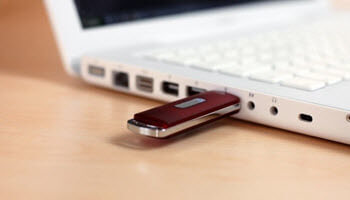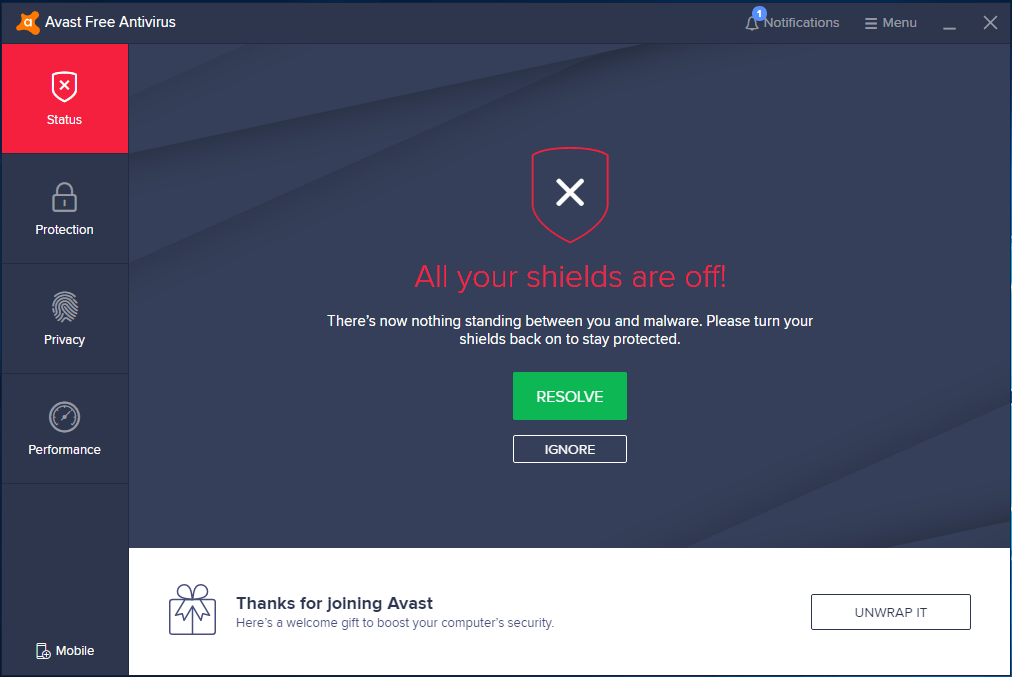

The most important thing you should be asking yourself is – how did it end up on my computer? And there are multiple possible answers to that question. It uses the victim's electricity and computing power to mine cryptocurrencies. This is another way threat actors could be generating revenue with ransomware. Besides locking files on a target computer, we can also suspect according to abnormal high CPU usage (in some cases over 98%) that the malicious program does something called cryptojacking. One of the most worrying things Block ransomware does is delete the shadow drive data, which makes it very difficult or even impossible to restore the data after the infection as that deletes all backups from the system itself.


Thanks to machine learning, malware can also avoid removal – disable antivirus protection.

One of the ways it does that is by creating files in the recycle bin. Another thing is that this malware has machine learning coded into it, which means it can avoid detection. One of the things they found is that the malicious file includes an icon from a different legit application in order to fool users or make it harder to notice the virus. Malware researchers from JoeSandbox have done a complete analysis on this malicious program – how it works, what tasks it performs in the background, and other properties it has. Although it might be tempting, we strongly advise against contacting the cybercriminals responsible for the attack, as many previous ransomware victims report that they have never received a response after paying the asked amount, so they not only lost their data but their files too. Shortly after the encryption process is done, a ransom note by the name readMe!.txt is generated on the victims' computer to inform them about what steps they should take. Because of that, users quickly notice that something is very wrong. So, if the file was previously names picture.jpg, now it would be named, and the icons get changed to white pages. This particular malicious program encrypts files and appends them with the. If big corporations do not have good security systems in place they can become susceptible to these kinds of attacks and even get sensitive data leaked online if they do not pay huge sums of money in cryptocurrency.īlock ransomware is one of the most recent strains detected by 36 security vendors that seem to be developed by Russian hackers because the ransom note is written in Russian or maybe that is done in order to throw off the authorities. There is almost nothing else that compares to the danger ransomware currently poses. The potential reward for ransomware developers can vary from as little as $50 to as big as $10 million (if the target is a big company) from a single PC. The virus' destructive nature makes it very worthwhile for cybercriminals to keep creating new malicious programs that lock peoples' personal files. Ransomware attacks have increased by 150% since 2020, and threat actors do not seem to be stopping any time soon. block ransomware creators perform many malicious tasks in order to get paidīlock ransomware appends victims' files with the. The format process can take up to several hours depending upon the drive size.What is.
#Avast lock external drive for mac mac os#
Set the format type to Mac OS Extended (Journaled.) Click on the Security button, check the button for Zero Data and click on OK to return to the Erase window.Ħ. Click on the Erase tab in the DU main window.ĥ. Select the volume you just created (this is the sub-entry under the drive entry) from the left side list. Set the format type to Mac OS Extended (Journaled.) Click on the Partition button and wait until the process has completed.Ĥ. Click on the Options button, set the partition scheme to GUID then click on the OK button. Under the Volume Scheme heading set the number of partitions from the drop down menu to one. Click on the Partition tab in the DU main window.ģ. After DU loads select your hard drive (this is the entry with the mfgr.'s ID and size) from the left side list. Open Disk Utility in your Utilities folder.Ģ. That drive is configured for Windows, not Macs, which is why DU can't do anything with it.


 0 kommentar(er)
0 kommentar(er)
